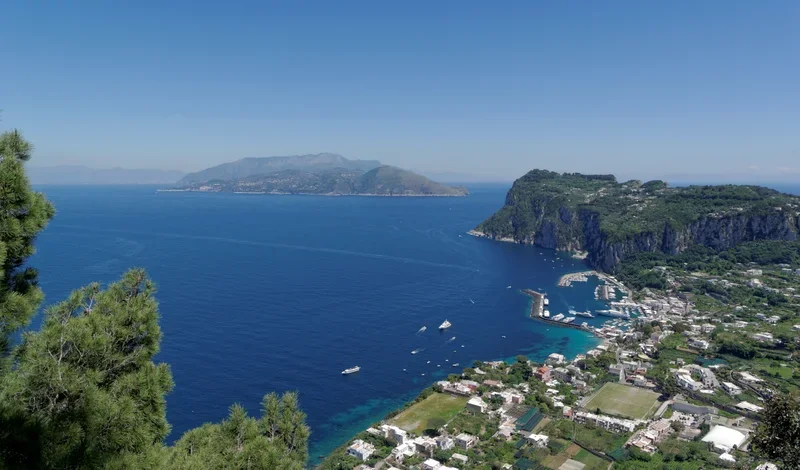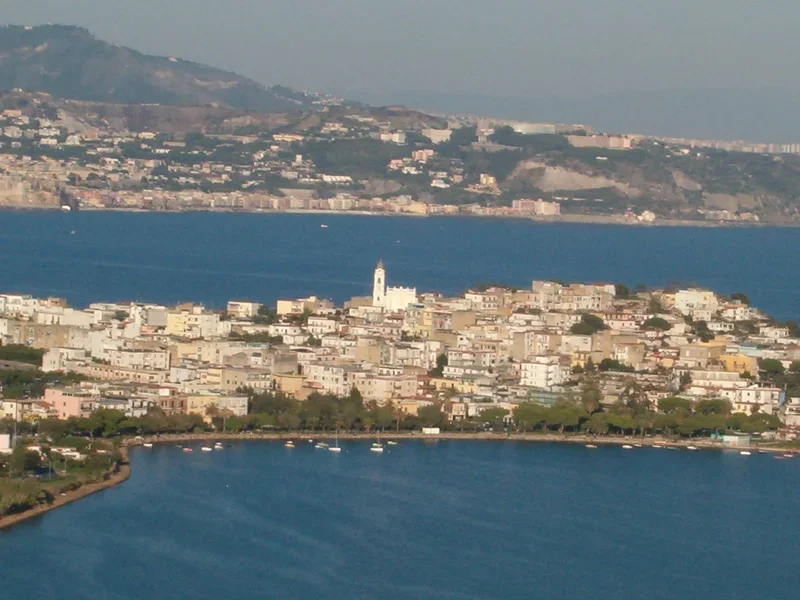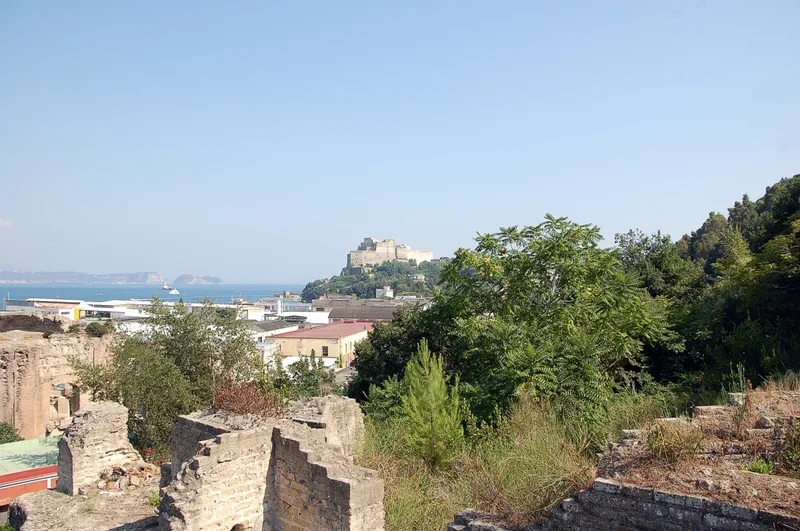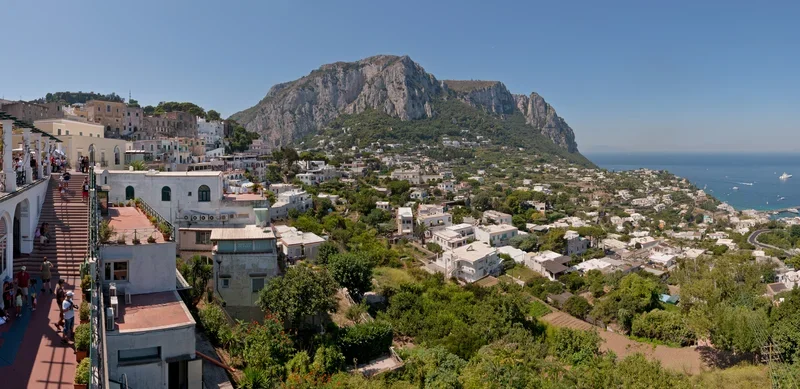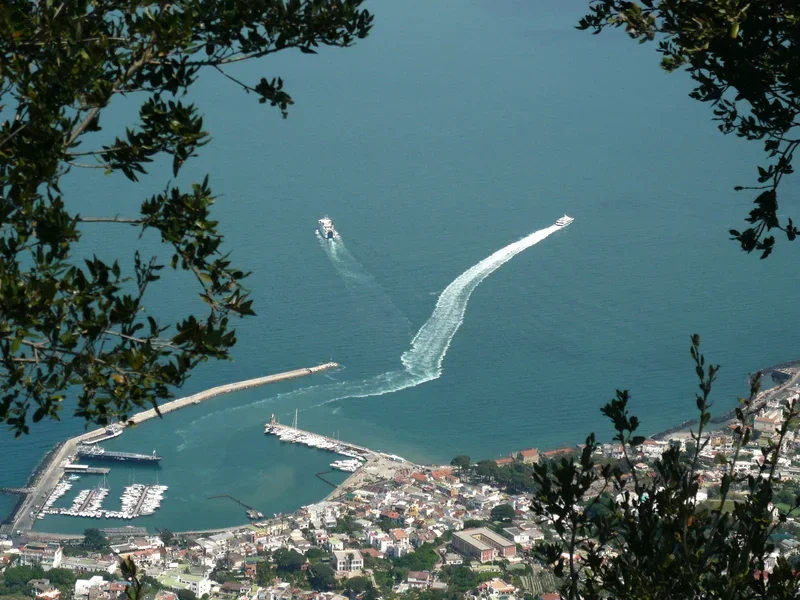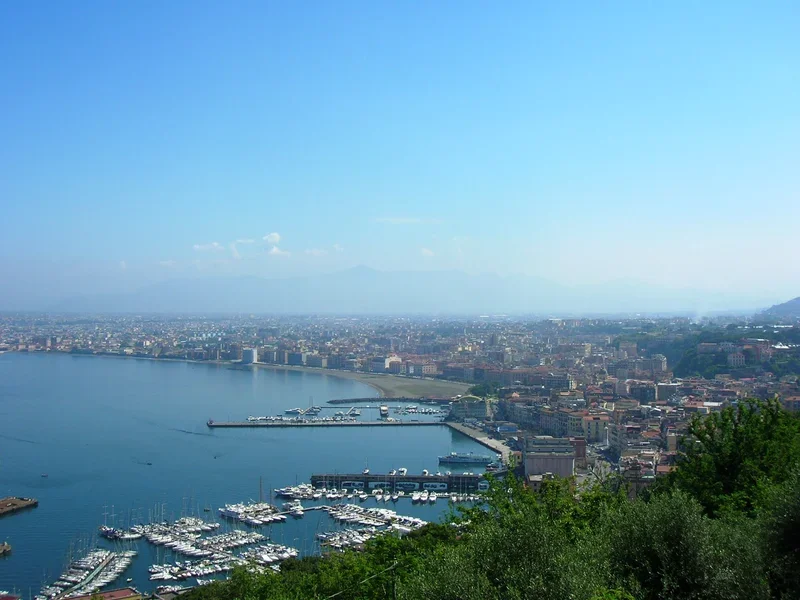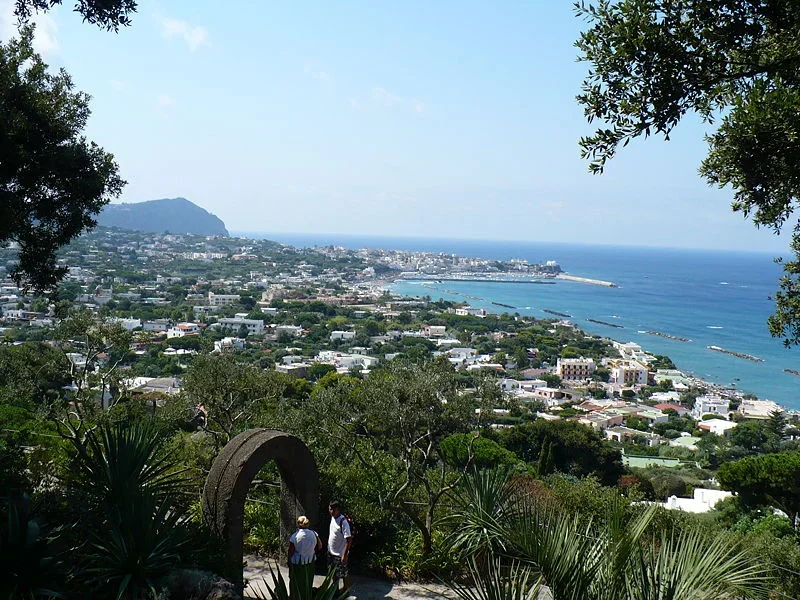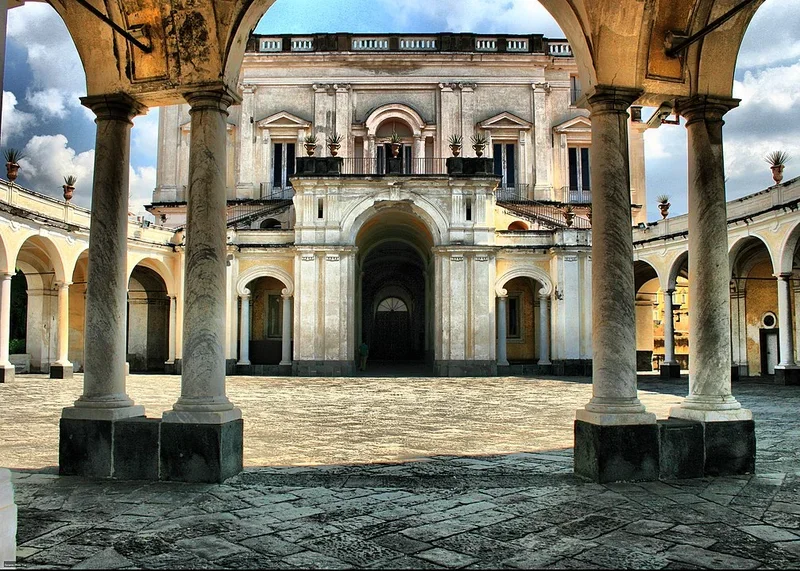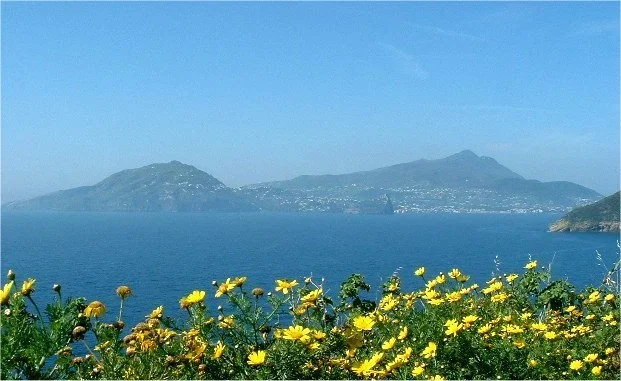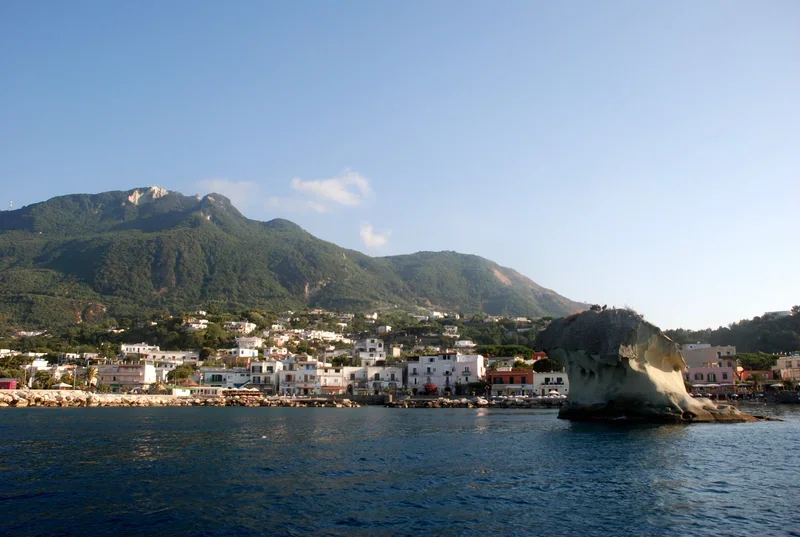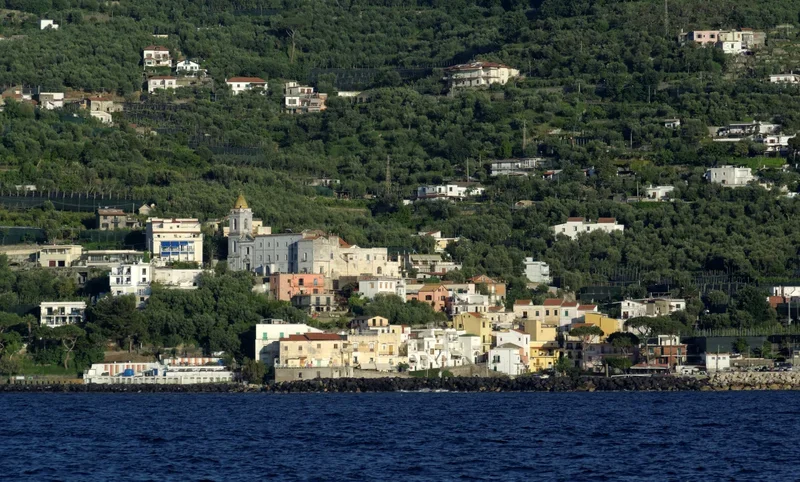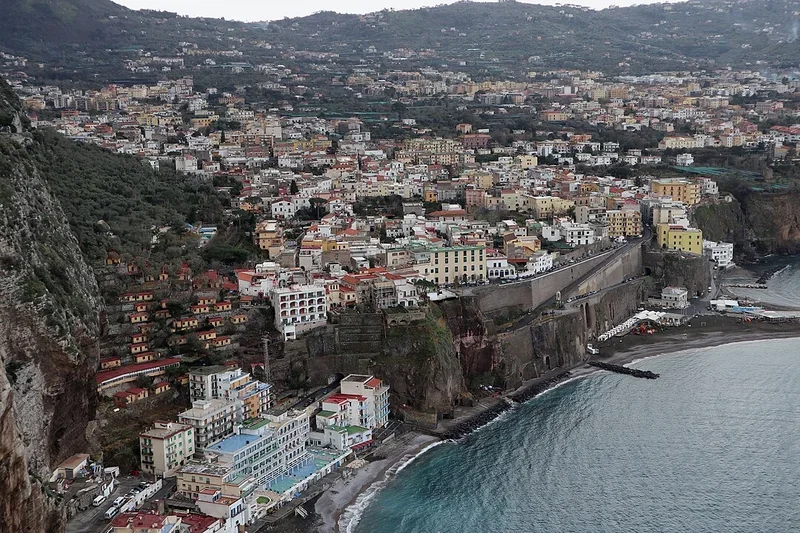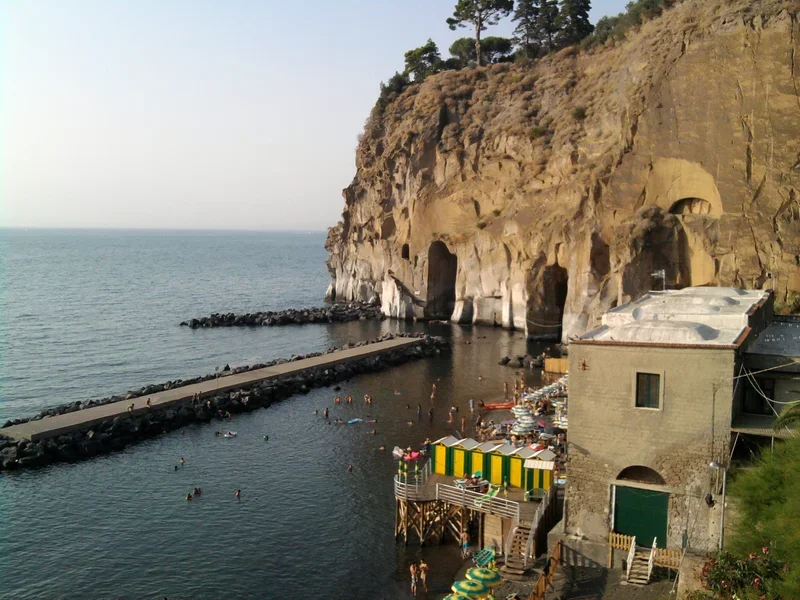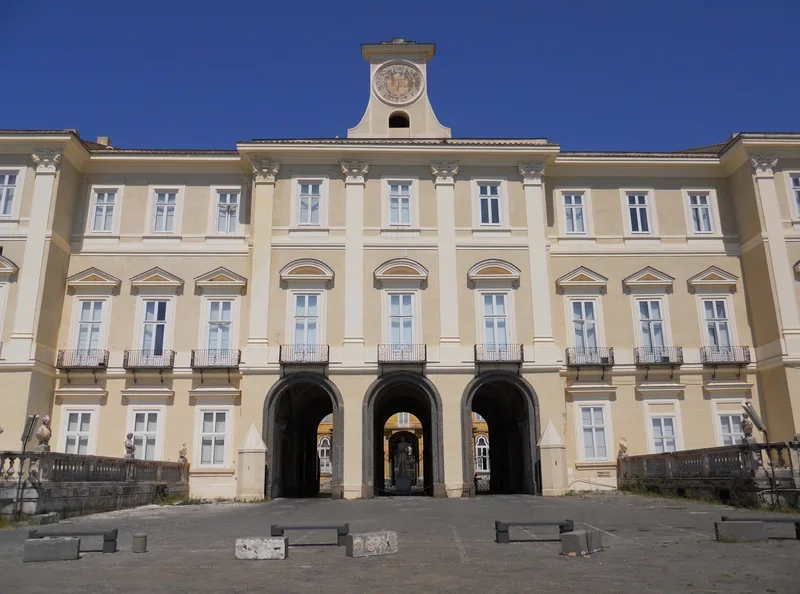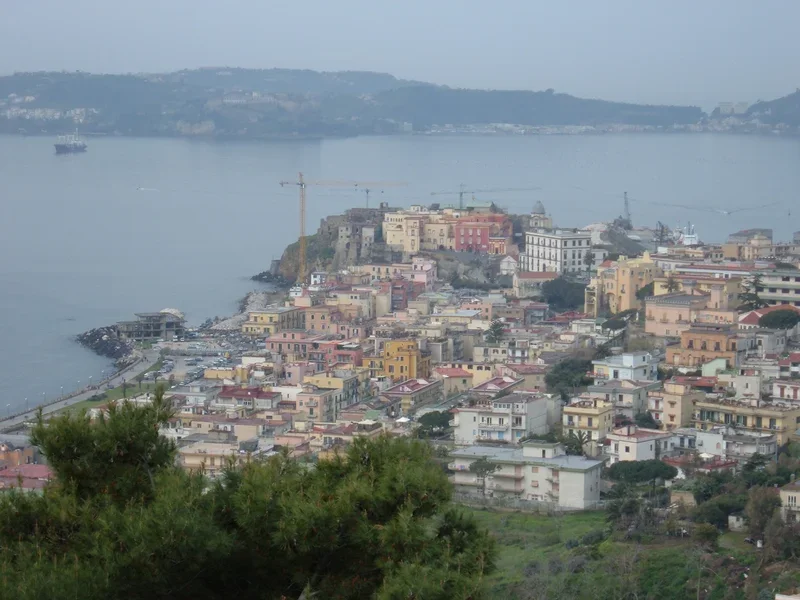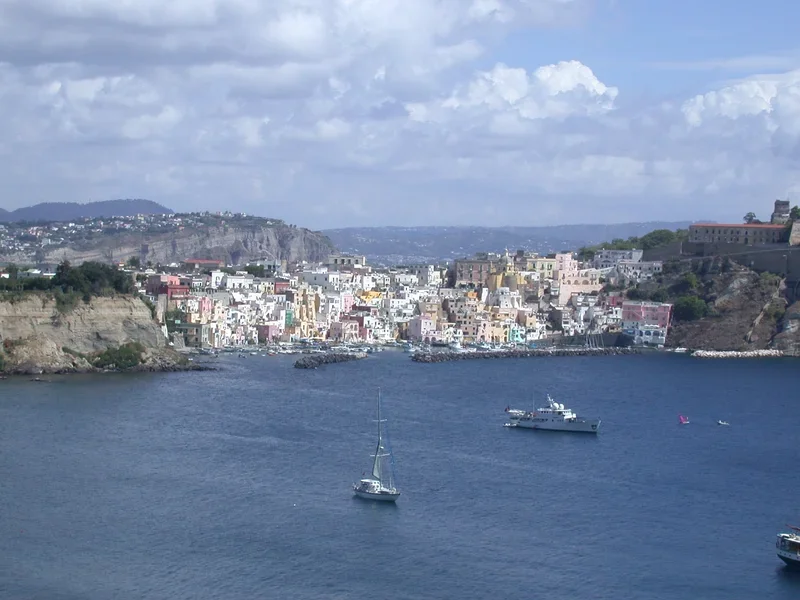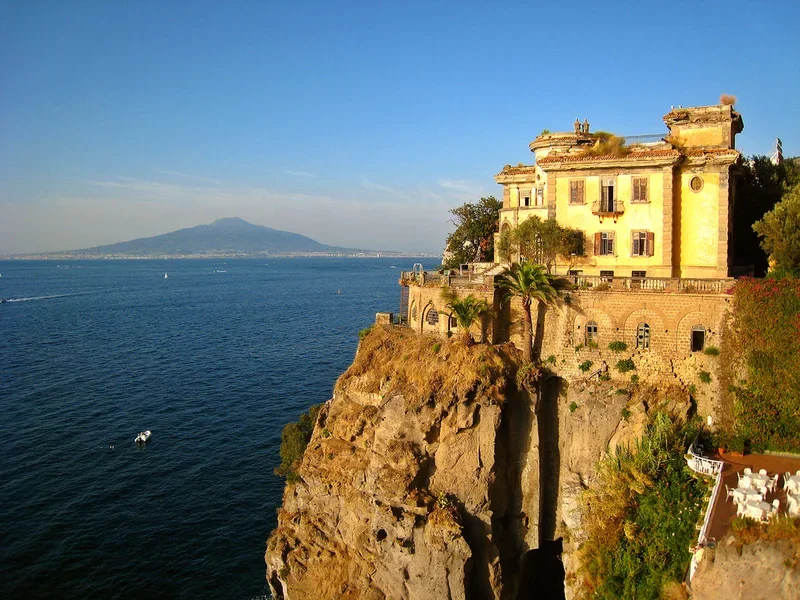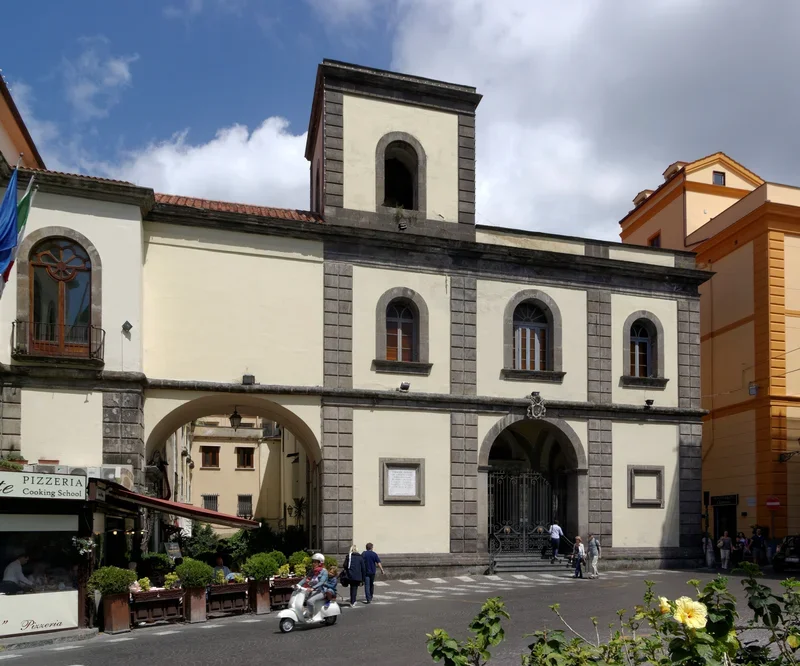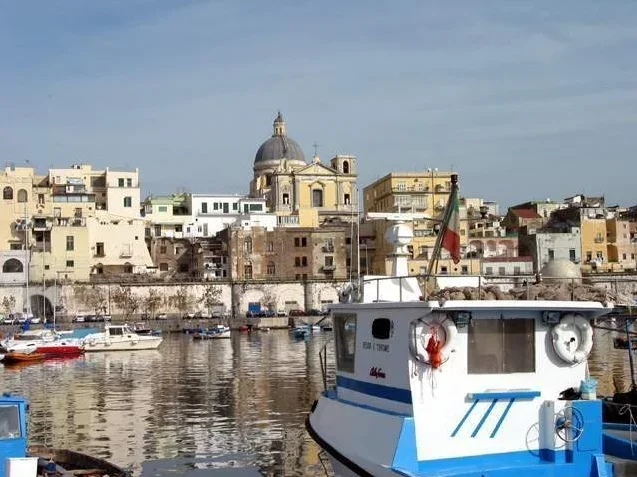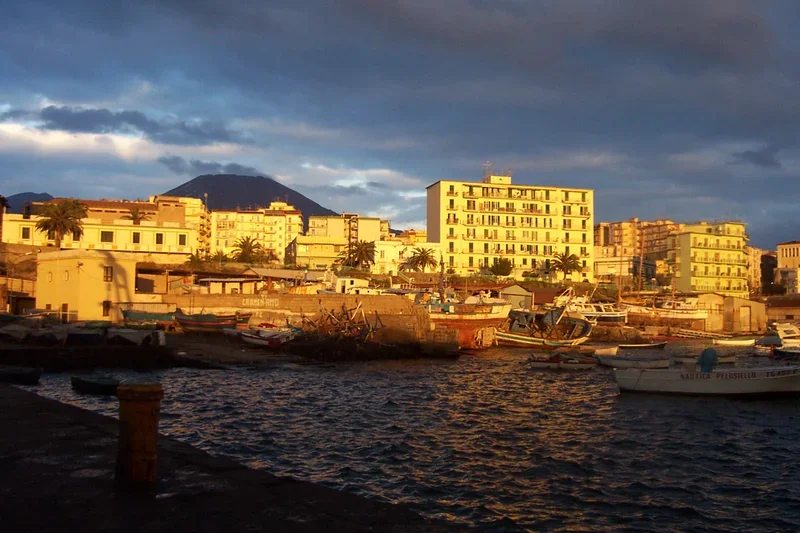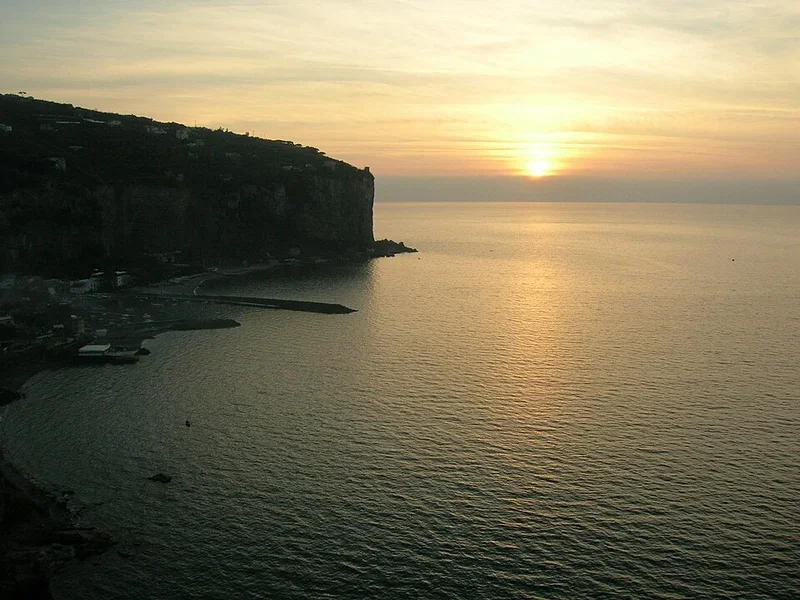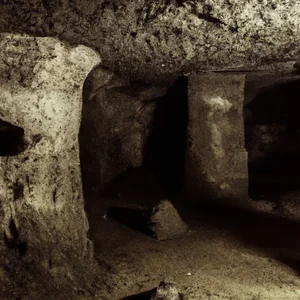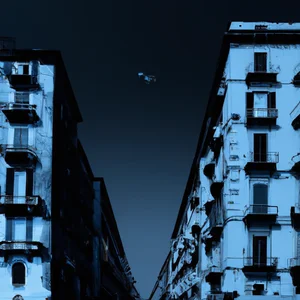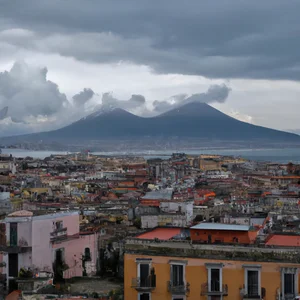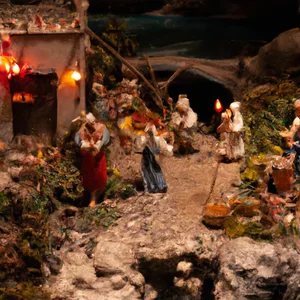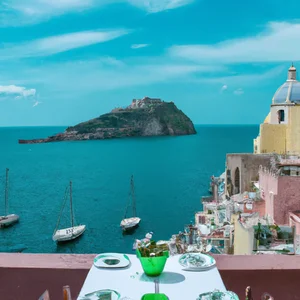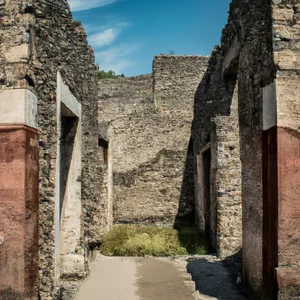Book your experience
Phlegraean Fields
The Campi Flegrei, a fascinating area rich in history located a few kilometers from Naples, represent one of the most precious gems of Italy’s naturalistic and cultural heritage. This vast volcanic region, characterized by a breathtaking landscape of craters, lakes and fumaroles, is not only a treasure for nature lovers, but also a place steeped in history and legends that have their roots in antiquity. From a geological point of view, the Campi Flegrei are a supervolcano, which means that their volcanic activity has shaped the territory in extraordinary ways, giving rise to a unique and fascinating ecosystem.The area is famous for its splendid spas, such as those of Baia, one of the most popular seaside resorts of antiquity, and for the archaeological ruins of Cuma, the first Greek colony in Italy. These places tell stories of past civilizations, myths and cults that intertwine with the natural landscape, making the Campi Flegrei an area of great interest for tourists and scholars.In this article, we will explore ten key points that highlight the wealth of experiences that Campi Flegrei has to offer. From the geography and volcanology that define the territory, to the ancient history that permeates it, passing through the spas, outdoor activities and local gastronomy, every aspect of this region will contribute to delineating a complete picture of what makes the Campi Flegrei a an unmissable destination for those visiting Naples. Furthermore, we will discover how to move within this fascinating area, to fully enjoy an unforgettable experience. Get ready for a journey that will take you through the wonders of a place where history and nature blend in a fascinating embrace.
Geography and volcanology of Naples
Naples is located in the southern part of Italy, overlooking the Tyrrhenian Sea. The city is surrounded by a breathtaking landscape, characterized by hills, volcanoes and the famous Gulf of Naples. Its strategic position has made Naples an important commercial and cultural center over the centuries.
Vesuvius
One of the most famous volcanoes in the world, Vesuvius, rises majestically behind the city. With a height of approximately 1,281 meters, it is the only active volcano on the Italian peninsula. Its last significant eruption was in 1944, but it is best known for the 79 AD eruption. which destroyed the cities of Pompeii and Herculaneum.
Campi Flegrei
Another volcanic area of great importance is that of the Campi Flegrei, a vast caldera that extends west of Naples. This region is composed of numerous craters and fumaroles, and presents a unique geological environment. The Campi Flegrei are considered one of the most dangerous volcanoes in the world due to their potential explosive activity.
Geological features
The geology of Naples is characterized by a mix of volcanic rocks, clay and fertile soils, which contribute to the richness of the local flora and fauna. The presence of hot springs is another interesting aspect, influenced by the volcanic activity of the region. These springs have been used since ancient times for their healing properties.
Volcanic risks
Given its volcanic history, Naples is subject to risks related to the activity of Vesuvius and the Campi Flegrei. Local authorities have implemented monitoring systems and evacuation plans to ensure the safety of residents and tourists. It is essential that those visiting the area are aware of the potential volcanic risks and follow the instructions provided by the competent authorities.
Ancient History of Naples
Naples’ ancient history is rich and fascinating, dating back over 2,500 years. The city, originally founded by the Greeks in the 7th century BC. with the name of Parthenope, it was one of the most important colonies of ancient Magna Graecia.
The Greek origins
Parthenope was located on one of the most beautiful areas of the Tyrrhenian coast, but the city moved to what is now Naples (Neapolis, “new city”) in the 4th century BC. for strategic and commercial reasons. The Greek presence profoundly influenced the culture, architecture and language of the region.
The Roman dominion
After the conquest by the Romans in 326 BC, Naples became an important cultural and commercial center. The city was known for its beauty and the quality of its life, so much so that many wealthy Romans chose to build their villas along the Phlegraean coast.
The imperial period
During the imperial period, Naples prospered further, becoming a center of culture and art. Virgil, the famous Roman poet, spent part of his life here, and the city became a symbol of Hellenistic and Roman culture.
The fall of the Roman Empire
With the fall of the Roman Empire in the 5th century AD, Naples underwent a period of decline, but maintained its importance as a religious and commercial center. During the Middle Ages, the city came under the control of various powers, including the Byzantines and the Normans.
Cultural heritage
Today, evidence of this rich ancient history is visible through the numerous monuments, theatres and archaeological remains scattered throughout the city and its surroundings, which continue to tell the story of Naples as one of the most fascinating places in ancient history.
The thermal baths of Baia
The thermal baths of Baia are an archaeological complex located in the Campi Flegrei region, a few kilometers from Naples. This site is known for its ancient spa structures, which represent one of the most significant places of the Roman era dedicated to well-being and relaxation.
History of the Baths of Baia
The spa was built during the 1st century AD and developed in an area that was already famous for its natural hot springs. Baia was a place much appreciated by the Roman aristocracy, who went there to enjoy the healing properties of the thermal waters. Over the centuries, the Baia spa became a meeting place for emperors and nobles, becoming a symbol of the luxury and well-being of the time.
Structure and characteristics
The thermal baths of Baia were composed of different environments, including calidarium (hot bath), tepidarium (warm bath) and frigidarium ( cold bath), as well as spaces for relaxation and socialising. These environments were decorated with mosaics, frescoes and statues, making the site not only a place of well-being, but also a center of culture and art.
Archaeological importance
The thermal baths of Baia are considered an important archaeological site, as they offer precious information on the social and cultural life of the Romans. The excavations revealed numerous finds, including ceramics, coins and objects of daily use, which testify to the importance of Baia as a leisure center and care.
Visit the site
Today, the Baia spa is open to the public and can be visited through guided tours. Visitors have the opportunity to explore the ruins and learn more about the history of the baths and life in ancient Rome. Furthermore, the natural beauty of the surrounding area, with its volcanic landscape and the crystal clear waters of the Gulf of Naples, makes the visit an even more fascinating experience.
The Astroni Crater
The Astroni Crater is one of the natural wonders located within the Parco dei Campi Flegrei, in the western area of Naples. It is an extinct volcano that originated approximately 4,000 years ago, and today represents an important area of biodiversity and a place of geological interest.
Geography and Nature
The crater has a diameter of about 2.5 km and a depth of about 200 meters. Inside there is a lake which, although not always visible, contributes to the scenic beauty of the place. The flora and fauna of the crater are particularly rich, with a variety of plant and animal species thriving in this unique environment. Among the plant species, you can find oaks, holm oaks and plants typical of the Mediterranean scrub.
Activities and Visits
The Astroni Crater is open to the public and offers various opportunities for excursions and walks. There are marked trails available that allow you to explore the area and observe the rich biodiversity. It is an ideal place for nature lovers and for those who want to practice outdoor activities such as birdwatching and trekking.
Accessibility
To reach the crater, you can use public transport or car. There are also organized guided tours that offer a more in-depth experience, providing information on the geology, history and ecology of the place. The area is well connected to Naples, making it easily accessible for a day trip.
Cultural and Scientific Importance
The Astroni Crater also has significant importance from a scientific point of view. It is a research site for volcanologists and biologists, who study the evolution of volcanism and biodiversity in the area. Its geological history offers interesting insights for understanding volcanic phenomena and environmental dynamics in the region.
Conclusions
In summary, the Astroni Crater is a site of great natural and scientific value, which offers a unique opportunity to explore the beauty of the Phlegraean territory. The combination of breathtaking landscapes, biodiversity and opportunities for outdoor activities makes it an unmissable destination for those visiting Naples and its surroundings.
The Ruins of Cuma
The Ruins of Cuma are one of the most fascinating and significant archaeological sites in the Campi Flegrei area, located a few kilometers north-west of Naples. This ancient Greek city, founded in the 9th century BC, is considered the first Greek colony in the West and played a crucial role in the history of Magna Graecia.
History and Importance
Cuma was an important commercial and cultural center during antiquity, known for its famous oracle, the Cumaean Sibyl, which attracted visitors from across the region to receive prophecies and advice. The influence of the Greeks in Cuma also extended during the Roman era, when the city became a meeting place for nobles and intellectuals.
Visit to the Ruins
Today, the ruins of Cumae offer a wide range of architectural and historical elements to explore, including:
- The Walls of Cuma: An imposing defensive structure that surrounds the ancient city.
- The Temple of Jupiter: An ancient temple dedicated to the Roman god, which features significant remains of its structure.
- The Theatre: A well-preserved Roman theater that could accommodate up to 5,000 spectators, used for performances and shows.
- The Sibyl’s Caves: A complex of tunnels and cavities where it was believed that the Sibyl pronounced her prophecies.
Access and Visits
The ruins of Cuma are easily accessible by car and public transport. It is recommended to visit the site with an expert guide to fully understand the historical and cultural importance of this place. The site is open to the public and offers a unique experience for history and archeology enthusiasts.
Conclusion
The Ruins of Cuma represent not only an important testimony to ancient history, but also a place of great scenic beauty, with panoramic views of the Gulf of Pozzuoli and the Bay of Naples. A visit to Cuma is an unmissable opportunity for those who wish to immerse themselves in the rich history and culture of Campania.
The Archaeological Park of Campi Flegrei
The Archaeological Park of the Campi Flegrei is one of the most fascinating and significant archaeological areas in Italy, located in the heart of the Campi Flegrei, a volcanic region that extends west of Naples. This park preserves a rich historical and cultural heritage, testifying to the importance of the area since ancient times.
Description and Importance
The park includes a vast area that includes numerous archaeological sites, including the ancient city of Pompei and Herculaneum. However, the Campi Flegrei are a unique area, characterized by volcanic craters, fumaroles and thermal springs. It is a place where nature and history intertwine, offering visitors a unique experience.
Main Archaeological Sites
Among the main sites within the park, we find:
- The Theater of Cuma: one of the oldest Greek theaters in southern Italy, with a capacity of around 5,000 spectators.
- The Baths of Baia: famous for their thermal waters and imposing Roman structures.
- The Temple of Serapis: an ancient Roman temple dedicated to the god Serapis, known for its columns and well-preserved ruins.
- The Ruins of Cuma: considered the first Greek colony in the West, with remains of walls, temples and houses.
Visits and Activities
The Archaeological Park of Campi Flegrei is open to the public and offers various visit options, including guided tours and educational activities for families and groups. It is possible to explore the various archaeological sites on foot, enjoying breathtaking views and an extraordinary natural environment.
Accessibility
The park is easily accessible by both public and private transport, with several bus stops and car parks available near the main archaeological sites. We recommend consulting the park’s official website for updated information on opening times, prices and special events.
Conclusion
Visiting the Archaeological Park of Campi Flegrei is an unmissable opportunity for those who want to immerse themselves in the ancient history and natural beauty of this extraordinary region. The combination of archaeology, nature and culture makes this park a one-of-a-kind place.
Outdoor activities
Naples and its province offer a wide range of outdoor activities that allow you to explore the natural and historical beauty of the region. The options are varied and suitable for all tastes, from the most adventurous to the most relaxed.
Hiking
The areas surrounding Naples, such as the Vesuvius National Park and the Campi Flegrei, offer panoramic paths that wind through volcanic landscapes and green hills. The routes vary in difficulty, allowing you to choose between quiet walks and challenging excursions.
Cycling
It is possible to explore the city and its surroundings by bicycle, thanks to cycle paths that run along the sea and through natural parks. Several companies offer bike rental services, making access to these areas easier.
Water activities
The Neapolitan coast is ideal for practicing water sports such as kayaking, paddleboarding and sailing. The beaches and ports in the area offer rentals and courses for beginners and experts.
Guided tours
Many local tour operators organize guided excursions that combine outdoor activities with visits to historical places, such as the Baia Castle or the ruins of Cuma, allowing you to discover the history and culture of the area in an active and engaging way.
Picnic and relax
For those looking for a moment of relaxation, parks and green areas such as the Parco Virgiliano offer ideal spaces for a picnic overlooking the sea, perfect for families and groups of friends.
In summary, Naples and its surroundings offer a wide range of outdoor activities that allow you to fully enjoy the natural beauty and cultural richness of the region, making each visit a unique and memorable.
Local Gastronomy
The gastronomy of Naples is famous throughout the world, not only for pizza, but also for a variety of traditional dishes that reflect the rich history and culture of the region.
Neapolitan Pizza
The Neapolitan pizza is a symbol of Neapolitan cuisine. Characterized by a thin and soft base, it is prepared with fresh, high quality ingredients. The most popular variations include the Margherita, with tomato, buffalo mozzarella, basil and extra virgin olive oil, and the Marinara, with tomato, garlic, oregano and oil.
First courses
Neapolitan first courses are equally delicious. Among the most famous are spaghetti alle vongole, prepared with fresh clams, garlic and parsley, and pasta e beans, a rich and substantial dish based on beans and pasta.
Second Courses
Among the second courses, the Neapolitan ragù is a must. It is a slow cooked meat stew with tomato, onion and spices, served with pasta. Other typical dishes include meatballs with sauce and fish with crazy water.
Traditional Sweets
We cannot talk about Neapolitan gastronomy without mentioning desserts. The babà, a rum cake, and the sfogliatella, a dessert filled with ricotta and semolina, are among the most loved. The pastiera, an Easter dessert made with wheat and ricotta, is another symbol of local tradition.
Wines and Drinks
Campania is also known for its wines, such as Falanghina and Aglianico. limoncello, a lemon-based liqueur, is another specialty not to be missed, often served as a digestive after a meal.
Markets and Restaurants
To savor authentic Neapolitan dishes, it is advisable to visit local markets such as the Porta Nolana Market, and traditional restaurants that offer a unique culinary experience. Don’t forget to stop in one of the numerous historic pizzerias to taste real Neapolitan pizza.
Events and festivals in Naples
Naples is a vibrant and culturally rich city, famous for its events and festivals that celebrate tradition, art and gastronomy. Throughout the year, visitors can participate in numerous events that reflect the soul of this unique city.
Annual events
Among the most important annual events, the Napoli Pizza Village stands out, a festival dedicated to the famous Neapolitan pizza which is generally held in September. This event attracts thousands of visitors, including pizza making competitions, concerts and cooking workshops.
Another significant event is Luci d’Artista, which illuminates the city during the Christmas period with artistic installations and extraordinary lights. This festival transforms Naples into a real open-air museum, attracting tourists and residents.
Musical and cultural festivals
Naples also hosts various music festivals, such as the Napoli Teatro Festival, a festival of theater and artistic performances that takes place in various locations around the city, offering a stage for local and international artists. p>
In summer, the Ravello Festival is held nearby, presenting classical music concerts and cultural events in one of the most beautiful settings on the Amalfi Coast.
Traditional celebrations
The patron saint celebrations are another fundamental aspect of Neapolitan life. The feast of San Gennaro, the patron saint of the city, is celebrated every September with processions, masses and celebrations involving the entire community.
During the Carnival period, Naples comes alive with parades, events and culinary traditions, offering a festive and colorful atmosphere.
Markets and fairs
Finally, the Christmas markets are a must for those visiting Naples during the holidays. Via San Gregorio Armeno, famous for its nativity scene shops, is transformed into a lively market where you can find local crafts and gastronomic specialties.
Naples, with its rich program of events and festivals, offers a unique and engaging experience for all visitors, making every stay unforgettable.
How to get to and around Naples
Getting to Naples
Naples is well connected by different modes of transport, making access to the city easy for both tourists and residents. Here are some options:
By plane:The Naples-Capodichino Airport is the main airport in the city and offers national and international connections. From the airport, you can reach the city center via:
- Bus: The Alibus service connects the airport with the central station and the port of Naples.
- Taxis: Taxis are available at the airport exit and offer fixed rates to the city centre.
- Car rental: Several car rental companies are present at the airport.
The Naples Central Station (Napoli Centrale) is an important railway hub, connected to the main Italian cities. You can take high-speed trains from Rome, Milan and other cities.
By car:If you decide to arrive by car, Naples is accessible via the A1 motorway, which connects it to Rome and other cities in southern Italy. Please note that traffic can be heavy and parking in the city can be difficult.
Getting around Naples
Once in the city, you have several options for getting around:
Public transport:- Metro: Naples has a metro network that connects the various neighborhoods and main tourist attractions.
- Bus: The city is served by numerous bus lines that cover large areas. Timetables and stops are available via the ANM app.
- Trams: Some tram lines run through the city, offering a convenient way to get around.
Taxis are easily available in the city, and you can also use ridesharing apps like Uber to get around.
On foot:The historic center of Naples is relatively compact, making it ideal for exploration on foot. Walking through the streets of Naples will allow you to discover hidden corners and experience the vibrant atmosphere of the city.
Bicycle:There are also bike sharing services, such as Bike Sharing Napoli, which allow you to rent a bicycle to explore the city in an eco-friendly way.
In summary, Naples offers multiple options for arriving and moving, making your visit to the city convenient and accessible.

